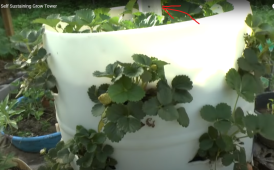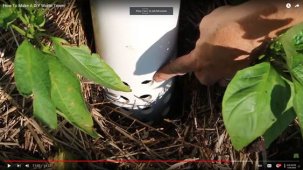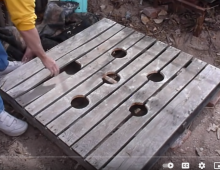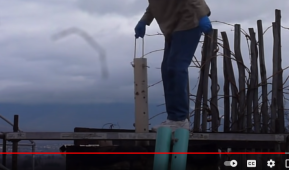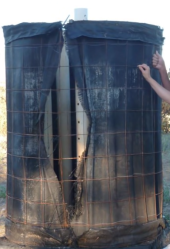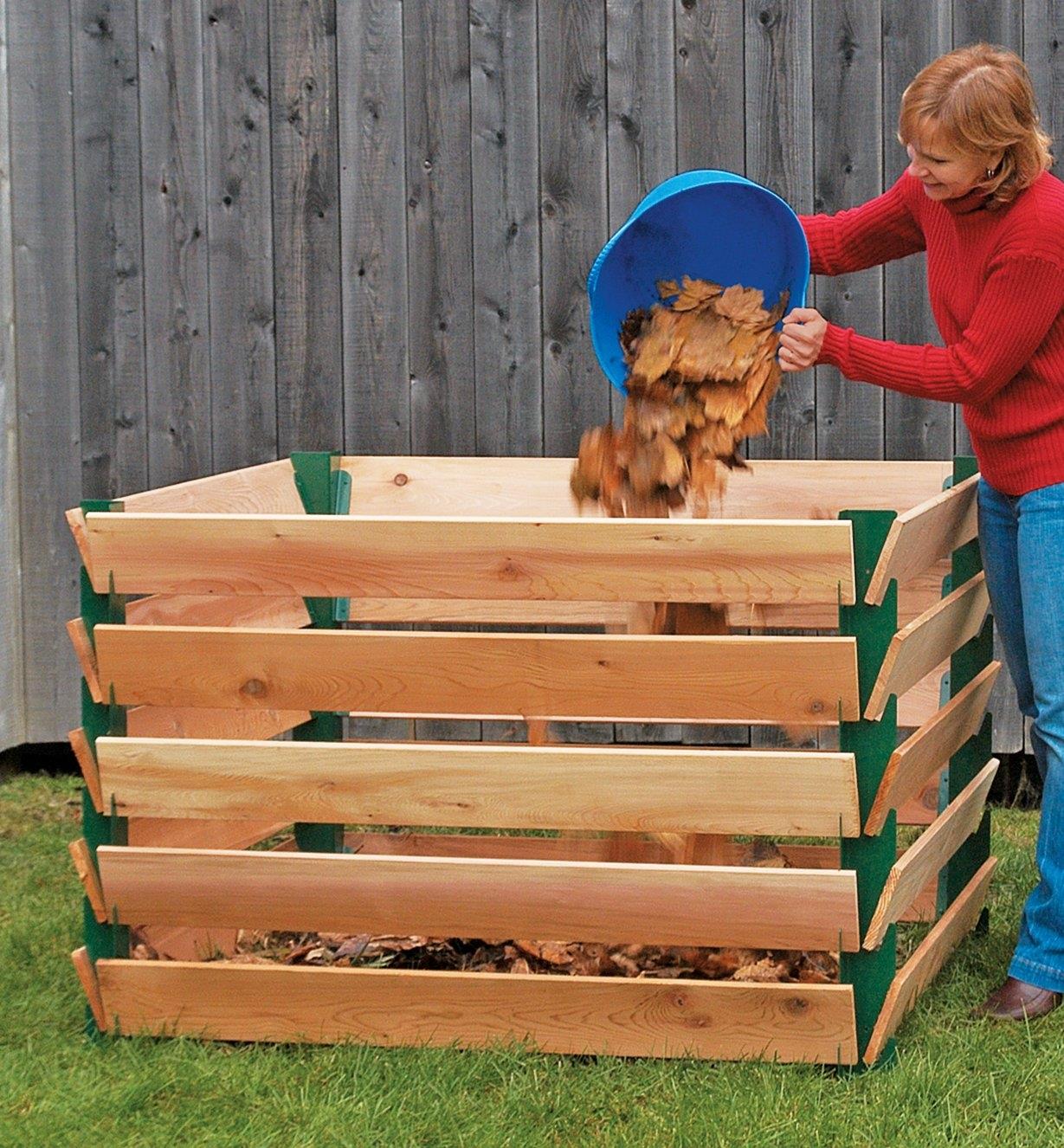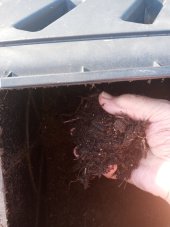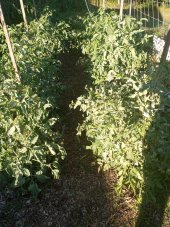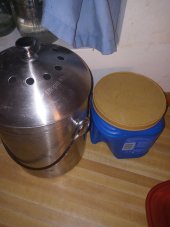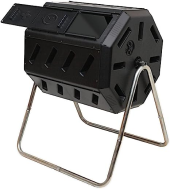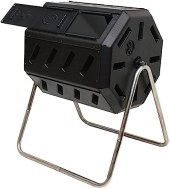MurphyGuy
It just needs a bigger hammer
- Joined
- May 20, 2020
- Messages
- 4,129
Dang, my compost usually has the exact opposite problem.. it has a tendency to get too wet rather than too dry. With all the fruit cores, tomato ends, and watermelon that goes in there, I usually have to leave the lid open to let water evaporate.Never use treated (city) water on your compost. Just as the pesticide, on the previously mentioned banana, has a deadly affect on the worms; so will the chemicals in the water. The little workers don't like chlorine or anything else a water treatment plant adds. Then your contaminated compost raises your food and you tip over.FYI, Hemp is one of natures finest soil cleaners.
Catch rain or use safe creek/river/lake water. Rain can be a bit acidic, flooding of natural waterways is how Mother Earth distributes goodies to the surrounding areas.
Yup, mankind has been playing in the dirt forever.
I've never had to add water to my composters..




